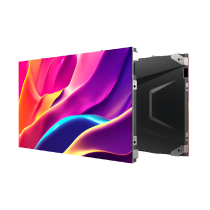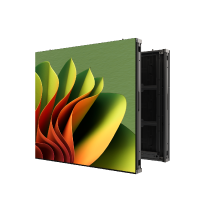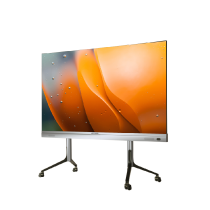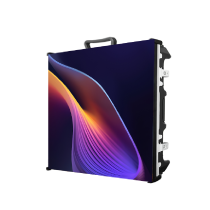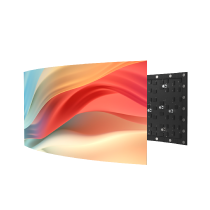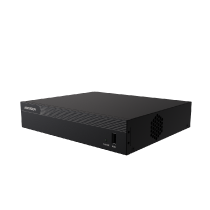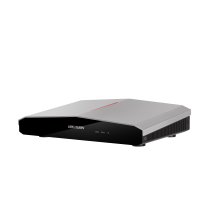As global sustainability goals continue to gain momentum, a new wave of green innovation is shaping industries worldwide. In the realm of display technology, manufacturers are reconsidering their priorities—not only pursuing exceptional product performance but also embedding environmental commitment into their core strategies. The leading companies are striving for carbon neutrality, utilizing renewable energy, and taking other measures to enhance overall sustainability. Let's explore some of the latest updates.
Green display technologies: from concept to action
Though green technology concepts have circulated for many years, their true integration within the commercial display industry has depended on the steady maturity of cutting-edge innovations. Today, leading manufacturers can embed eco-friendly practices into every aspect of their production and operations, gradually reshaping the industry's sustainability landscape.
A key advancement in this transition is the adoption of common cathode architectures in RGB LEDs. This approach allows for more precise voltage distribution and significantly reduces power consumption. Additionally, the implementation of flip-chip Chip-on-Board (COB) technology has revolutionized thermal management in LED displays. By improving heat dissipation and simplifying encapsulation, Hikvision's LED displays with flip-chip COB can decrease energy usage by up to 45% and lower device temperatures by 5–10°C.
Intelligent energy-saving algorithms are also pivotal in minimizing environmental impact. They rely on real-time image analysis to adjust parameters like brightness and contrast, ensuring that energy usage is aligned with visual requirements. These innovations demonstrate that it is possible for high-quality display performance and environmental responsibility to move forward hand in hand.
User-centered eye protection
Given that we are discussing display products, it's impossible to overlook their impact on our eyes. Fortunately, innovative technologies now help block harmful blue light wavelengths, offering essential protection during prolonged use. For example, with TÜV Rheinland-certified blue light protection, WonderHub interactive displays reduce digital eye strain, ensuring more comfortable viewing during extended meetings and lessons.
Moreover, flicker-free power supply has become an important feature in mitigating visual discomfort. By removing visible flicker, interactive displays can help lessen eye strain and prevent long-term vision issues. With these advances, the display industry is aligning technology with user health considerations.
The driving force for green innovation
Seeing through to the essence, achieving sustainability in the display industry certainly depends on responsible manufacturing. Companies like Hikvision are investing in renewable energy—solar, wind, and hydropower—and even generating photovoltaic electricity on-site to actively reduce their carbon footprints. Strict adherence to RoHS, REACH, POPs, and low-halogen requirements ensures that materials entering the supply chain are safer and more environmentally friendly.
